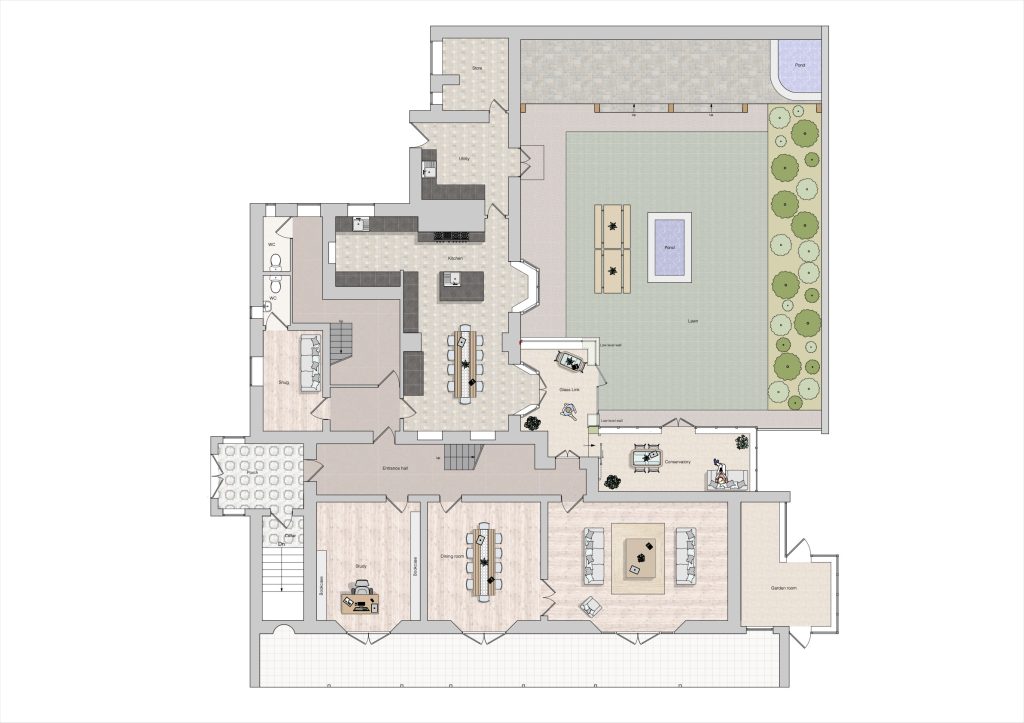Listed Buildings Come With Design and Planning Challenges That Need To Positively Contribute To The Existing Building. Here Is Our Answer To The Challenge Where Planning Had Previously Been Denied.
Glass is a material that can be used to blend old with new or to positively contribute to the listing status of listed buildings. Indeed there are fine examples of how glass has been used in high visibility sites such as the Backs and elsewhere in Cambridge. For example the recent Clare College Library is linked to the 17th century building with a glass facade.
This Swell Architecture project is less extensive than anything undertaken in Cambridge but the basic principles can be applied in East Devon. In this project the challenge was to sympathetically link existing structures at the prominent Havencliffe House, a Grade II Listed Building, so that they enhanced the overall appearance and utility.
Glass is a wonderful material to work with. Clearly it allows incredible light transmission, but it can do this with glass that provides far more privacy than one might believe. Plus glass is a sustainable material, with long life and low maintenance. And in this case it won the approval of both our client and the planning authority.
Location – Axmouth, Devon
Type – Listed Building
Completion Date – Planning approved – Ongoing
This recently approved Planning and Listed Building application for a link from the Grade II Listed Havencliffe House to the existing garden room.
The challenge here was twofold, firstly an application of similar concept had been refused and secondly the existing dwelling is in a prominent location and any proposal must factor this in to its design.
The proposed glass link takes into consideration the architectural, historic style and characteristics, ensuring the design aligns with the building typology, thereby positively contributing to the listing status.This application was approved.





